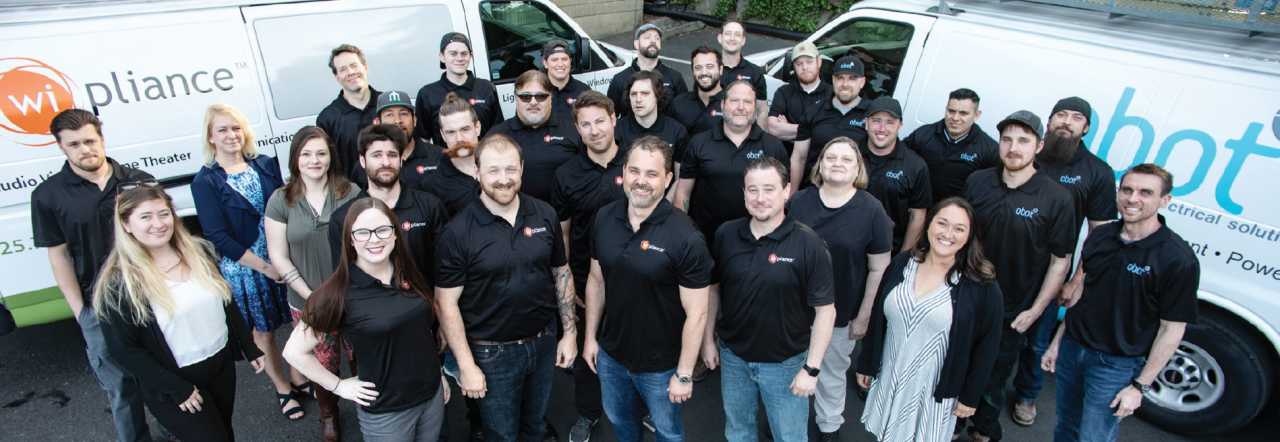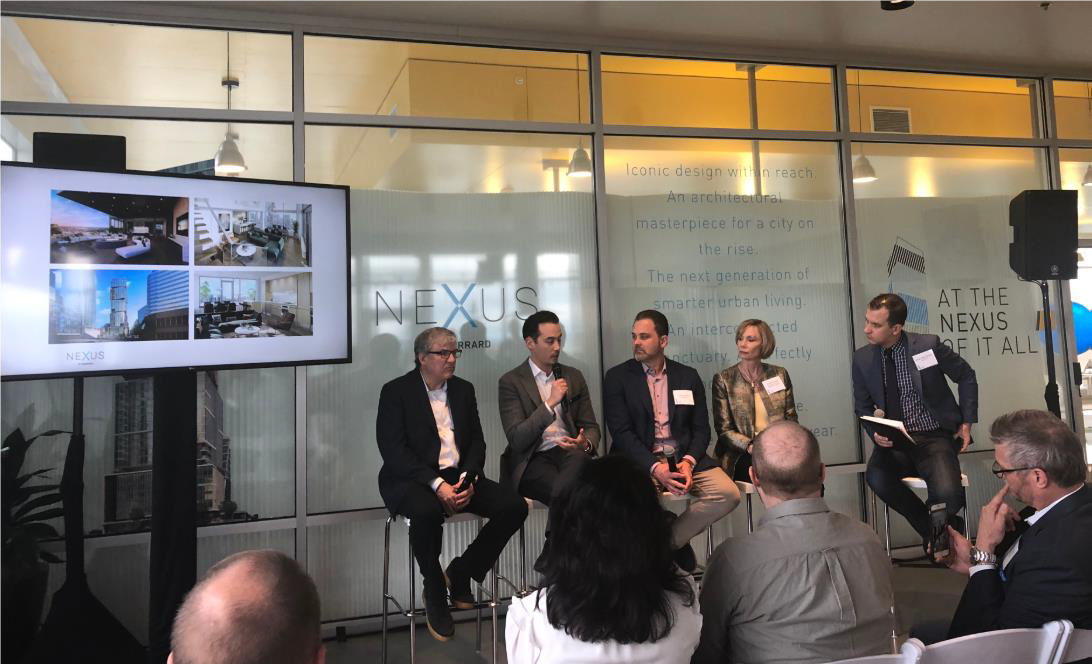Originally Appeared in 425 Magazine
Lisa Patterson | Sept. 21. 2017
Blocks away from an evolving downtown Bellevue and its ever-changing skyline, and steps from Meydenbauer Bay, is a stunning home perched on a hill overlooking Whaler’s Cove. This year’s 425 Northwest Idea House built by JayMarc Homes of Mercer Island and designed by Medici Architects of Bellevue is a 5,690-square-foot masterpiece — every detail is meticulously thought out and executed to perfection.
“It turned out beautiful,” said Marc Rousso, president of JayMarc Homes. “It has really nice views, especially at night. But my favorite part about this project was allowing people to showcase their talents — that is the coolest part, that the team could come together and really show what they can do.”
Rousso and his best childhood friend, Jay Mezistrano, have been business partners since college. JayMarc Homes has been building homes on Mercer Island and in Bellevue for seven years and has grown to 33 team members who collectively have about “450 years of experience” in the industry.






